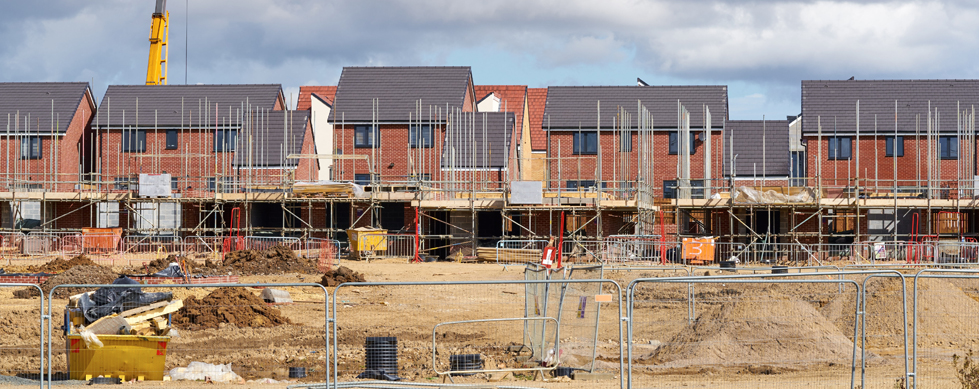
Everything housebuilders need to know about drainage in 2021
There are a wide range of factors for housebuilders to consider when it comes to implementing effective drainage. With a focus on sustainability and more homes than ever being built in high-risk flood areas, the challenges associated with these projects are increasing all the time. Here, Chris Green, Key Accounts Director at ACO Water Management, covers the most important drainage considerations for housebuilders in 2021.
Since 2013, one in ten of all new homes in England have been built on land at the highest risk of flooding, amounting to 85,000 homes. When you consider that the UK weather is increasingly unpredictable, and previously 1 in 50 storm-level events are happening more regularly, there is a clear need to position water management as a top priority in residential projects.
Sustainable development
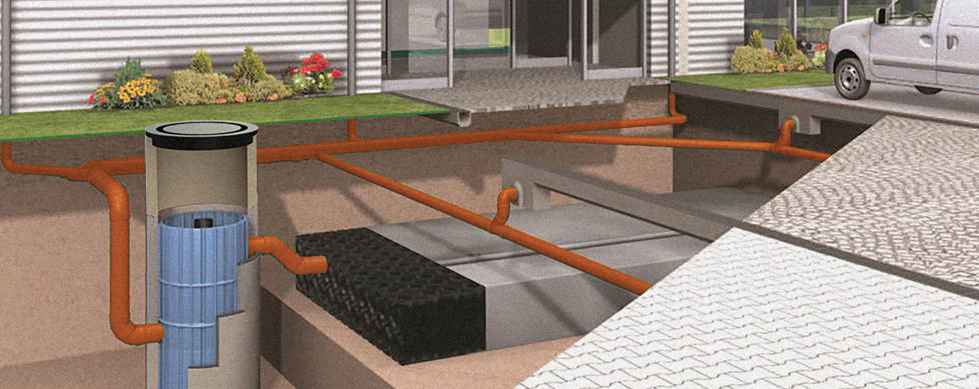
A major trend across construction is sustainability, and the anticipated update to the Environment Bill looks set to cement this focus. For housebuilding in particular, there is a big push on ensuring water management solutions contribute positively to the surrounding environment.
Sustainable drainage systems (SuDS) are a key component of this, aiming to control the rate and volume of runoff from site, relieve pressure on sewerage systems, and mimic natural drainage as closely as possible. Used effectively, it can help housebuilders deliver green water management that is built to last, and should be an integral part of a project’s planning.
There is also an onus on housing developers to minimise their impact on biodiversity. From a water management perspective, this can often mean installing wildlife guidance systems in cases where the migration of small animals is interrupted. The ACO Guide Wall, for example, is designed to prevent small animals from reaching roadways or other danger areas, and provides them with a firm, consistent floor area clear of vegetation that they can travel along without restriction.
Load class
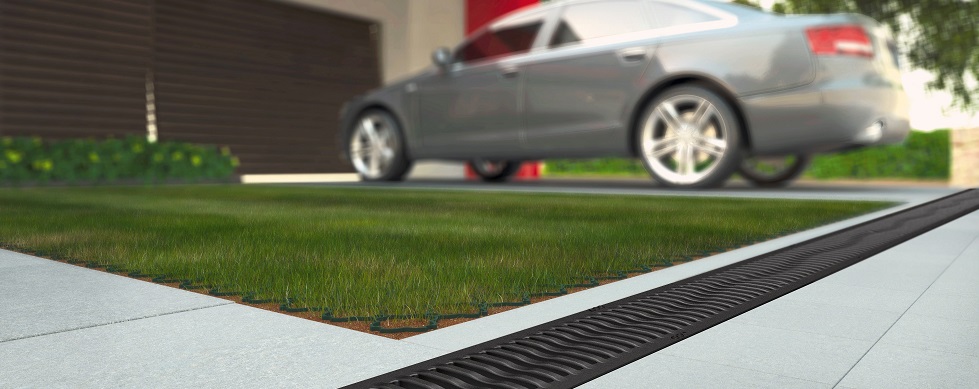
Getting to grips with the different drainage load class requirements is another key aspect of delivering effective drainage to a housebuilding project. There are a number of different standards which must be adhered, depending on the application and location of the drainage channel.
In accordance with BS EN 1433:2002, all channels are given a rating according to one of six load classes. These are effectively different categories that detail the maximum load-bearing capacity of that product, and range from A 15 for pedestrian footpaths and patios, through to F 900 for airports and industrial yards. The system is a quick way of ensuring that the right channel and grating is selected.
There are some common pitfalls that housebuilders should be aware of when it comes to load class. One is that some channels are compatible with different gratings and some builders may be tempted to choose an A 15 grating with a B 125 channel, or vice versa. In this situation, the load class of the system will default to the lowest load class.
Another is to underestimate the pressure that driveways are likely to be subjected to. The ever-increasing presence of home-delivery vans means that more large vehicles are encountered on driveways than ever before. B125 channels and gratings should be considered as a minimum.
Aesthetic considerations
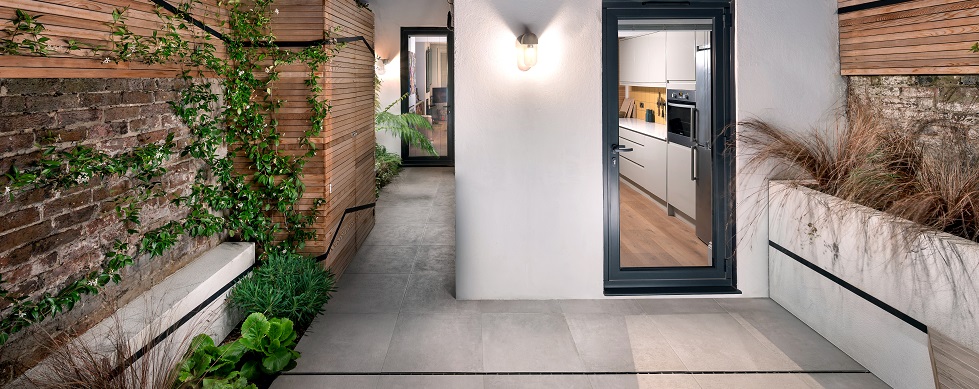
The critical role that drainage plays in managing rainfall and keeping sites safe can often mean it is approached in purely practical terms. However, it is important to note that there is a trend towards increased investment in outdoor spaces, with people spending more time than ever before at home during the various lockdowns and remote working.
This means there is a greater expectation that outdoor areas of the house offer more than just functionality – they have to meet certain aesthetic standards. Housebuilders should identify how groundworks can contribute to an overall look, embracing drainage systems as part of the design rather than simply being a necessary part of water management.
There are an increasing number of drainage solutions that offer a sleek and discreet finish, alongside sufficient hydraulic capacity to mitigate the effects of storm water. ACO’s HexDrain® Brickslot is an example of a solution which delivers aesthetic results, illustrated by its incorporation into a range of award-winning landscaping projects. Housebuilders should ensure they keep abreast of the latest drainage technology, to allow them to deliver visually-striking groundworks.
Keeping up-to-date with design trends
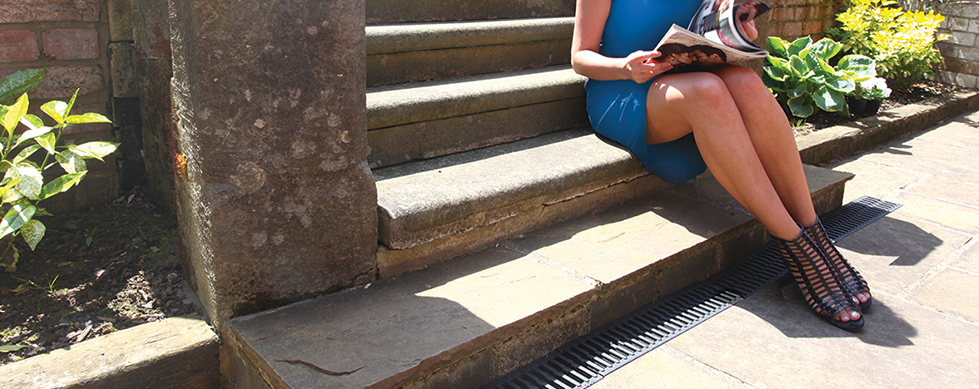
It isn’t just the outside of a house that has seen key design trends influence construction projects. There are certain features within the home that require drainage too, such as wetrooms. These are proving to be a popular choice for domestic projects, and often require drainage that can also meet the individual styles and tastes of the end user. Housebuilders should be aware of the range of different gratings suitable for these types of features.
Indeed, this is a critical part of a housebuilder’s role – to stay up-to-date with the latest design trends, as well as the drainage solutions that are designed to facilitate them. Designing and implementing surface water management can be a complex task, with many products available; all with different benefits and uses. From the placement of access units for maintenance, to correctly understanding the hydraulic calculations, support should always be sought if needed.
Crucially, incorporating groundworks at the early stages of the design process will minimise disruption, and ensure the best drainage solution is delivered. ACO Water Management has a dedicated area of its website to helping housebuilders deliver effect drainage.